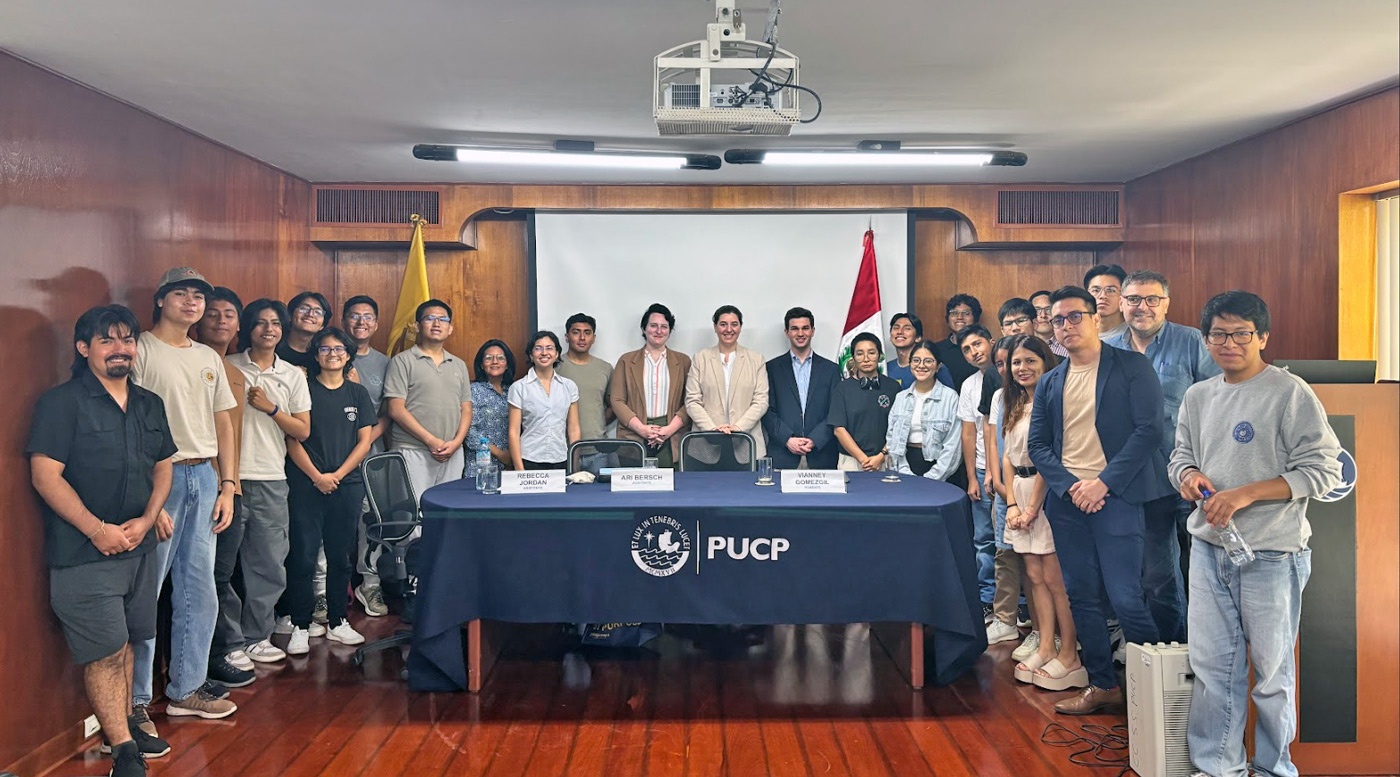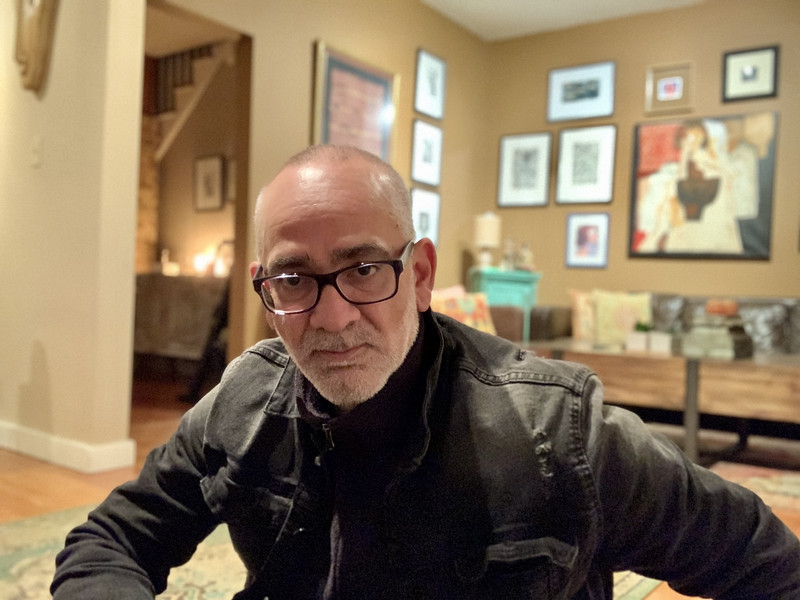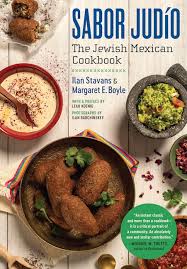Scholars Explore Science Before the Scientific Revolution
By Rebecca GoldfineHistorians, religious scholars and humanities academics recently gathered at Bowdoin for an interdisciplinary symposium to discuss new research on how science operated before the scientific revolution.
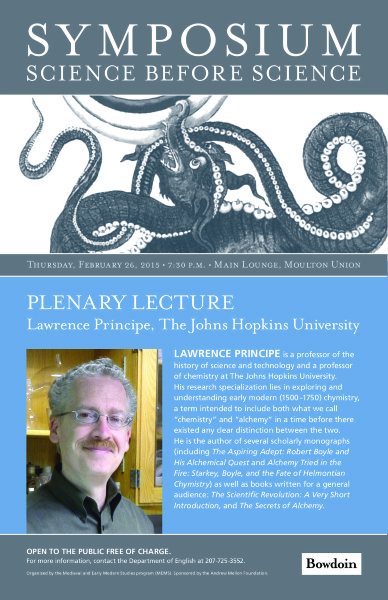 Ten scholars, from Bowdoin and elsewhere, gave talks on alchemy, astronomy, botany, and the global crosscurrents that transmitted Islamic learning to Europe. Maggie Solberg, an assistant professor of English at Bowdoin, organized the symposium with help from faculty in Bowdoin’s Medieval and Early Modern Studies program.
Ten scholars, from Bowdoin and elsewhere, gave talks on alchemy, astronomy, botany, and the global crosscurrents that transmitted Islamic learning to Europe. Maggie Solberg, an assistant professor of English at Bowdoin, organized the symposium with help from faculty in Bowdoin’s Medieval and Early Modern Studies program.
“We realized that almost every member of the group had a vested research interest in pre-modern science,” Solberg explained. “Therefore, ‘Science Before Science’ became the theme of the MEMS course cluster, which began in Spring 2014.” Bowdoin faculty Margaret Boyle and Meghan Roberts wrote the Mellon grant proposal that funded the event as part of the broader Mellon-funded cross-disciplinary initiative to enhance the humanities at Bowdoin.
Keynote speaker Lawrence Principe, a Johns Hopkins University professor of chemistry and of the history of science and technology, opened the symposium with a talk about “chymistry,” a mix of chemistry and alchemy in a time before there was a distinction between the two.
Principe began working on alchemy in the 1980s, eliciting in his colleagues “either slight amusement or discomfort with the topic,” he said. Other scholars accused him of “searching for fool’s gold.”
Principe began working on alchemy in the 1980s, eliciting in his colleagues “either slight amusement or discomfort with the topic,” he said. Other scholars accused him of “searching for fool’s gold.”
But a revival of alchemy is underway, according to Principe, which could kindle greater interest in medieval science and technology studies, and make alchemy more of a legitimate subject in the history of science. Principe explained that alchemy was a practice of science based on the interplay among theory, observation and experimentation. “Alchemy is a serious type of theory testing with meticulous methodology,” he argued, and “is sensitive to technological changes over time rather than being a repetition of old experiments.”
Principe also spoke about the presence of alchemy in a range of social classes and professions. Alchemical labs were found in the attics and basements of the middle class, and in the back rooms of working class pubs. Royalty corresponded with entrepreneurs and artisans on the subject. Many thousands of people performed it on their own, contributing to a widespread developing scientific culture, Principe said.
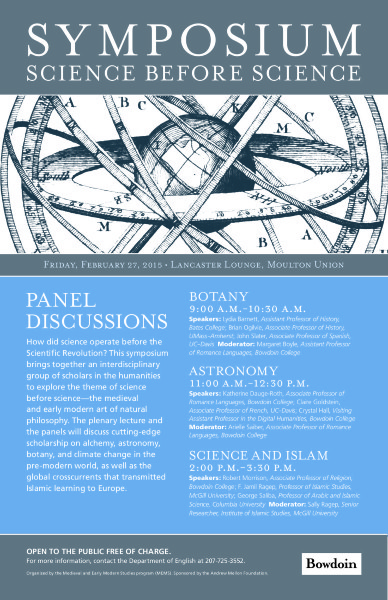 “I hope we’re getting a new view of science before science,” he said. “[Alchemy] presents the various and fascinating ways that people in diverse times and places…understood the natural world that we all share.”
“I hope we’re getting a new view of science before science,” he said. “[Alchemy] presents the various and fascinating ways that people in diverse times and places…understood the natural world that we all share.”
The following day, the symposium included three sessions open to the public on botany, astronomy and the science of Islam.
Each event was based on the current research of a MEMS member and was attended by students from the course cluster, according to Solberg.
Three speakers presented their research on botany: Lydia Barnett, assistant professor history at Bates College; Brian Ogilvie, associate professor of history at University of Massachusetts Amherst; and John Slater, associate professor of Spanish at University of California Davis.
Barnett’s research is broadly concerned with the circulation of ideas about the earth, climate and environment in the Republic of Letters in the 17th and 18th centuries, according to Assistant Professor of Romance Languages Margaret Boyle, who introduced the three panelists. Barnett’s talk touched on 17th-century notions of fossils, which naturalists considered not quite rocks and not quite plants but a strange mix of the two. She compared this perception to early modern observations that some human bodies were not fully male and not fully female, but rather a combination of the sexes, somewhat like the unclassifiable “rock plants.”
The current research of Ogilvie focuses on insects in European art, science and religion from the Renaissance to the Enlightenment, according to Boyle. At the symposium, Ogilvie gave a talk about the language of early modern botany, looking at how medicinal knowledge and aesthetic appreciation of plants and gardens developed.
Slater’s research examines the intersections of early modern Hispanic literary and scientific cultures, with a particular focus on natural history, Boyle said. His talk focused on the history of maize and how nationalism and race contributed to the outbreak of pellagra, a disease caused by vitamin deficiency. People can develop pellagra when they eat a maize-based diet that does not contain enough niacin. Indigenous cultures in America prepared maize with lime, thus preventing the disease, but this knowledge was lost when the crop was exported to Europe and then reintroduced to the U.S.A.
The next panel, on astronomy, included three speakers: Claire Goldstein, associate professor of French at University of California Davis; Katherine Dauge-Roth, associate professor of Romance languages at Bowdoin College; and Crystal Hall, visiting assistant professor in the Digital Humanities at Bowdoin.
Goldstein’s talk, “Guides to the Inscrutable. Observing Comets in the Age of the Sun King,” relates to her current book project on the popular, literary and scientific reception of comets in the 1660s-80s in France, according to Associate Professor of Romance Languages Arielle Saiber, who introduced the panel’s three speakers. Goldstein’s book continues an inquiry, which she pursued in her first book, into the relationship between sensory experience, ideology and literary form at the cusp between France’s so-called classical era and the siècle des lumières.
Dauge-Roth’s interest in early modern medicine and gender led to her current book project, Lunatics: Men, Women and the Moon in Early Modern France. This project explores early modern scientific, popular and literary texts and images that use the moon to reinforce or challenge traditional gender roles. Dauge-Roth’s symposium talk, “Shooting the Moon: Women Astronomers in Seventeenth-Century France,” looked at popular ideas about women who pursued astronomical studies despite being excluded from scientific institutions.
Hall, an Italian literary scholar and a digital humanist, uses large-scale textual and network analysis to study literature, with a specific emphasis on the library of Galileo Galilei. She teaches a first-year seminar that incorporates statistical programming language into the analysis of literature, and she coordinates educational opportunities for faculty who wish to incorporate computation in their courses as part of Bowdoin’s Digital and Computational Studies Initiative. Hall spoke about astronomy and early modern print networks in Galileo’s library.
The third panel, on science and Islam, included Robert Morrison, associate professor of religion at Bowdoin College; F. Jamil Ragep, professor of Islamic studies at McGill University; and George Saliba, professor of Arabic and Islamic science at Columbia University. Sally Ragep, senior researcher at the Institute of Islamic Studies at McGill University, introduced the three speakers.
Morrison gave a talk titled, “What Do We Mean When We Talk About Rationalism in Islam?” In it, he reflected on the role of rationalism in early Islamic investigations into astronomy, medicine and law. Some historical Islamic thinkers embraced rationalism, which treated human reason “as an independent source of truth,” Morrison said. He proposed that “as [today’s] scholars understand more and more about Islam, scholars will most likely find more and more that seems rational.” His conclusion was that rationalism is loosely defined term that modern scholars and historical figures use when explaining foreign cultures.
Ragep has written extensively on the history of astronomy, science and Islam, the intercultural transmission of science, and he is leading an international effort to catalog all Islamic manuscripts in the exact sciences. He gave a paper titled, “Religion as Agency in the Transmission and Transformation of Greek Astronomy Within Islam.” Ragep argued that Islamic astronomical observations were more accurate than Greek ones, perhaps due to religious or philosophical beliefs. “There was an ideological bent among many prominent Greek thinkers against the need for excessive accuracy, which one may trace to Platonic and early Greek philosophical views about the inherent irrelevance for precision for apprehending true reality,” Ragep said. In contrast, Islamic thinkers had a religious imperative to understand God’s creation in a more rational way, he argued.
Saliba’s work deals with, among other things, the development of scientific ideas from late antiquity to early modern times, with a special focus on the Islamic planetary theories that influenced European astronomy. His talk was called “The Juice in the Details.” In it, he described the influence of Islamic astronomers on European thinkers into the Renaissance and post-Renaissance. Copernicus, among other European Renaissance figures, used arguments, examples and illustrations lifted from Islamic texts. “Renaissance scientists were reading Arabic for their own scientific purposes,” he said. Saliba has found that Europeans’ interest in scientific information from Islamic societies lasted through the 1700s.
